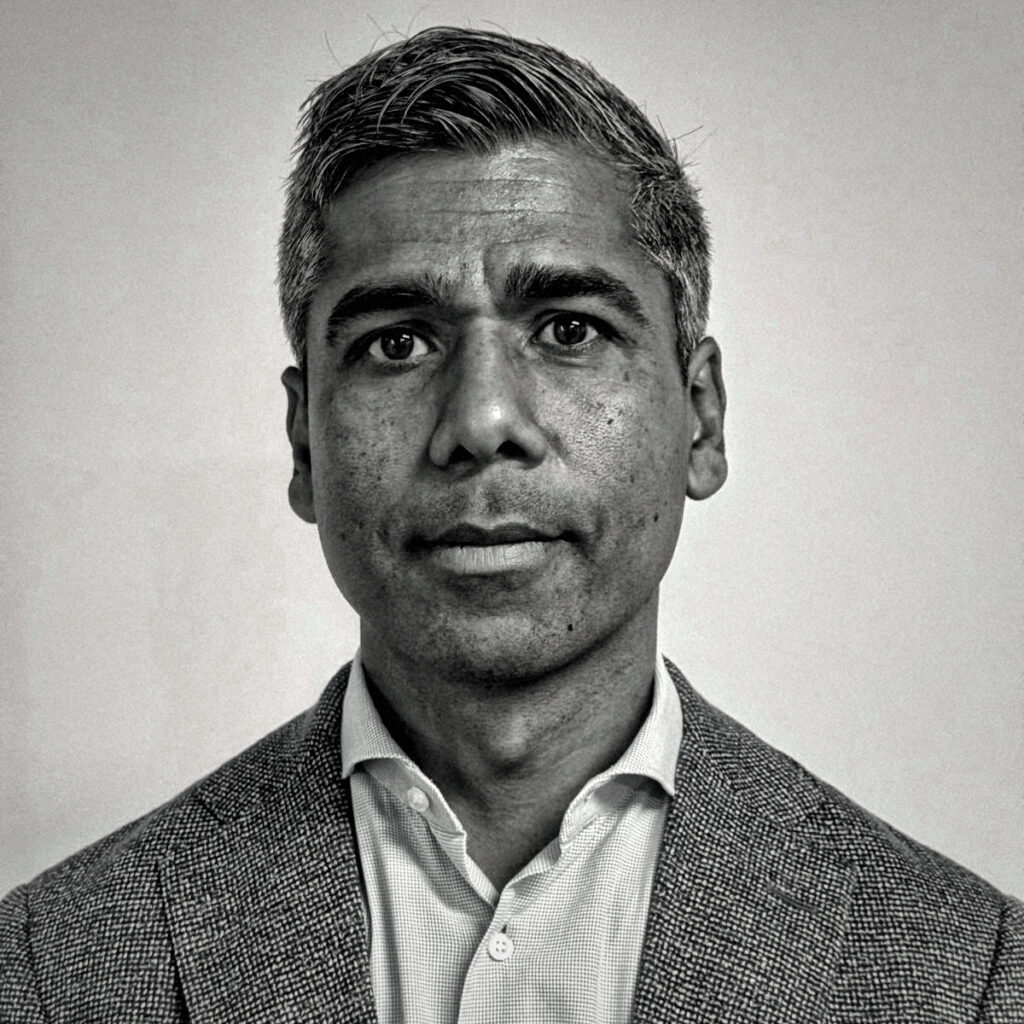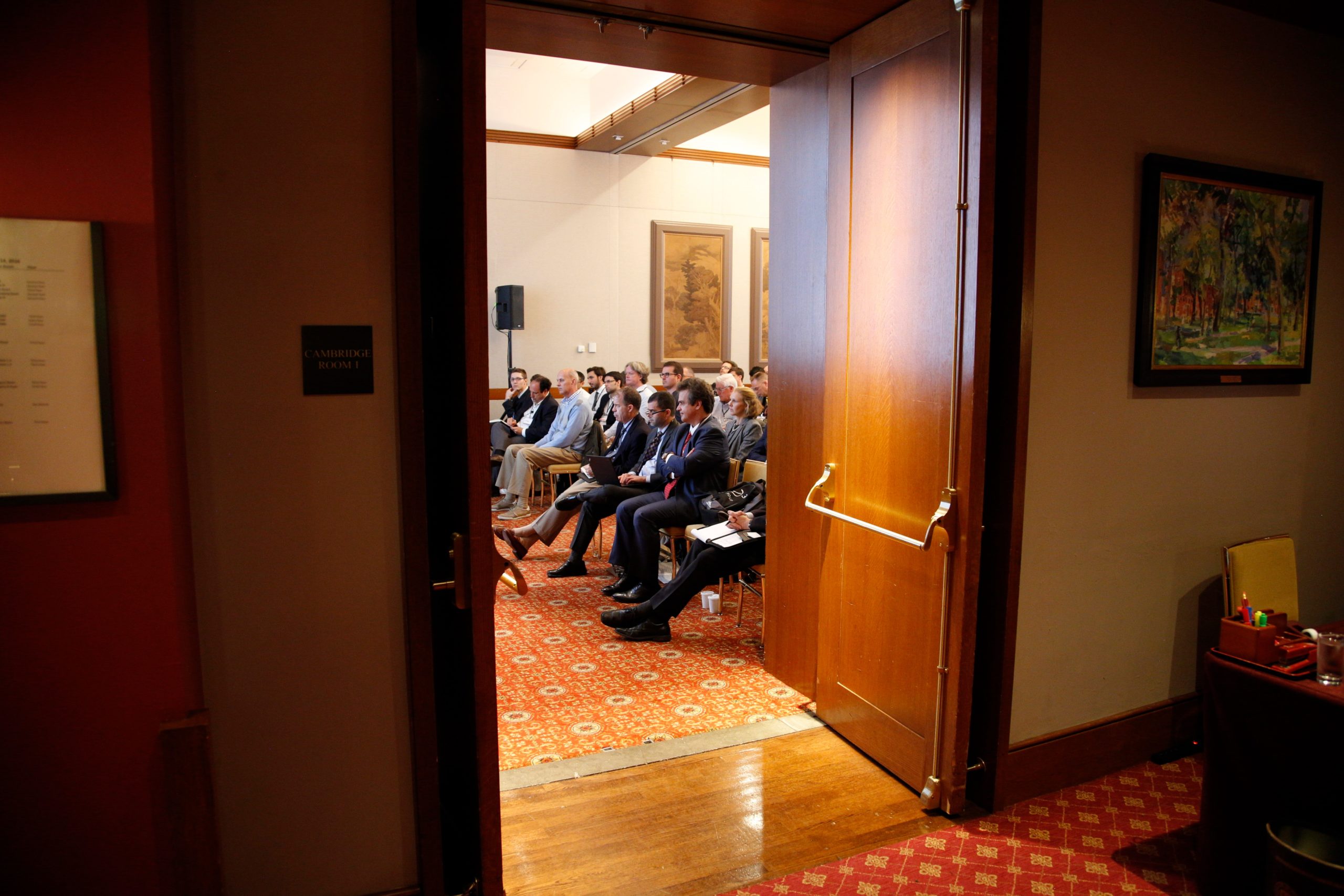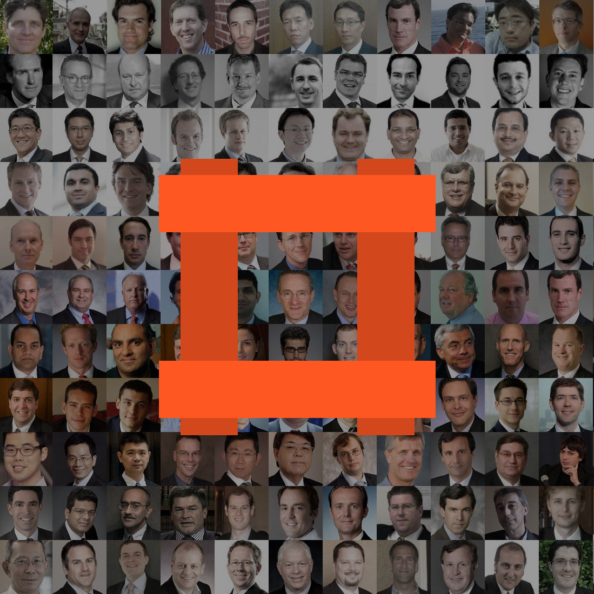This article is authored by MOI Global instructor Sean Stannard-Stockton, president and chief investment officer of Ensemble Capital, based in Burlingame, California. Sean is an instructor at Best Ideas 2018, the fully online conference featuring more than one hundred expert instructors from the MOI Global membership community.
Brands are a key source of value for many companies. But while brands might seem a natural part of the economic order, they are a relatively new invention. 150 years ago, canned food companies learned that by building a trusted brand, consumers would pay a premium price in exchange for avoiding the spoiled food that was common in canned food at the time. Then, in the 1950’s the Mad Men era gave rise to today’s super brands as companies learned they could differentiated themselves via mass brand marketing campaigns as markets became crowded with competitors and consumers found themselves overwhelmed with trying to choose between so many seemingly similar products.
Here’s Marc De Swaan Arons writing in The Atlantic [emphasis mine]:
“There was a time, going back at least 70 years, when all it took to be successful in business was to make a product of good quality. If you offered good coffee, whiskey or beer, people would come to your shop and buy it. And as long as you made sure that your product quality was superior to the competition, you were pretty much set… The shift from simple products to brands has not been sudden or inevitable. You could argue that it grew out of the standardization of quality products for consumers in the middle of the 20th century, which required companies to find a new way to differentiate themselves from their competitors.
In the 1950s, consumer packaged goods companies like Procter and Gamble, General Foods and Unilever developed the discipline of brand management, or marketing as we know it today, when they noticed the quality levels of products being offered by competitors around them improve… As long as the brand was perceived to offer superior value to its competitors, the company offering the brand could charge a little more for its products. If this brand “bonus” was bigger than the cost of building a brand (the additional staff and often advertising costs), the company came out ahead.”
These brands created value by lowering “search costs” for consumers. Search costs are the costs incurred by a prospective buyer in trying to determine what to buy. In the case of a consumer packaged good like canned food, toothpaste, or laundry detergent, the search cost for consumers is the cost of trying to determine the quality of the product and weighing this against price differentials prior to purchase. By eliminating this cost for the consumer, companies with a successful brand were able to charge more for their products, even while providing an improved cost/benefit offering to the consumer. The consumer could pay more for their products, because doing so reduced the search costs they were otherwise incurring.
Companies with a trusted brand could earn excess economic returns so long as the cost of building the brand costs less than the premium consumers were willing to pay for a product due to the brand. Because brands have historically be very durable (notice the global brands that were built in the 1950 are still dominate today), they created an economic moat that caused these companies to generate outstanding returns for shareholders.
Many of the most well known brands in the world are based around reducing search costs. For example the Coke, Gillette, and Yellow Cab brands are assurances of quality and value that reduces the search costs of consumers looking to purchase beverages, razors and transportation.
But what if a new way of reducing search costs is developed? What happens to the value of these brands?
An alternate way to reduce search costs is for the distributor rather than the product manufacturer to play this role. The success of Costco is in large part built on the idea that any product sold in their stores is of high quality and is a good value. Costco leverages their scale to identify high quality, good value products and deliver them to consumers. This process reduces the value of brands and allows Costco customers to confidently buy non-brand products or products with limited brand recognition. In this way, Costco has managed to earn excess economic returns, even while selling the products in their stores at close to cost. Because consumers pay for the privilege to shop at Costco, the Costco membership can be thought of as the company charging directly for lowered search costs and inserting themselves between the consumer and the branded products.
But now the internet allows for the reduction of search costs on a global scale. Products like LaCroix sparkling water, Dollar Shave Club razors, and transportation service delivered via Uber have all exploded onto the scene, draining value from the Coke, Gillette and Yellow Cab brands because in each case, the online distribution of information radically reduced search costs for consumers. They didn’t need to buy these new products themselves to determine quality, instead they could plainly see their friends vouching for them on social media or via reviews on the distributors’ websites or apps. If these products were of low quality or value, this would have been quickly known to any consumer who spent a few minutes reading online reviews or searching their social media streams.
Over the last decade, unit sales of many branded consumer products has slowed considerably. Much commentary attributes this to changing consumer preferences (especially those of Millennials). But we believe something else is at work. Artisanal, local and other products without the backing of legacy brands are succeeding not solely because of new consumer preferences, but because with lower search costs consumers don’t need the Coke, Gillette or Yellow Cab brands to assure them that the products they are buying will be of sufficient quality and value. With search costs heading towards zero, products can succeed simply by providing quality and value, and so brands whose primary value is acting as a guarantee to consumers are quickly losing value.
For investors, this shift in economic value is incredibly dangerous. At Ensemble Capital, we focus on investing in companies with strong economic moats. Traditionally, strong brands have been viewed as classic examples of a moat. Coke, Gillette and Yellow Cab were businesses that you could have high confidence would be able to earn outsize returns on capital because their strong brands allowed them to capture economic value relative to companies selling similar products under less powerful brands.
It is important not to underestimate how powerful search cost brands have been in economic value creation in the past. Over the past 50 years, the top performing sector of the stock market has been consumer staples.
Now, however, the era of search cost brands is coming to an end. The moats are being breached. Over the long term, we do not believe that these types of brands will provide a significant competitive advantage to their owners and the companies will be forced to compete directly on quality and value instead of earning a return for selling reduced search costs.
But as the Yellow Cab brand suggests, search cost brands are not limited to consumer staple products. Why is it that while most people would never accept a ride from a complete stranger, they will happily climb into the back of a car painted yellow with the Yellow Cab brand? Because the Yellow Cab brand signaled to customers that the stranger driving the car would deliver them where they wanted to go at an agreed upon price and without risk of bodily harm.
But now we have Uber and we get this:
1998:
– Don't get in strangers' cars
– Don't meet ppl from internet2016:
– Literally summon strangers from internet to get in their car— Carol Nichols (@Carols10cents) July 2, 2016
Uber cars are non-branded transportation. Uber provides distribution of transportation services, but not the transportation itself. The company has stepped in to provide a search cost brand that they are able to extend to all the non-branded providers of transportation that participate in their network. Uber’s value to customers is the elimination of search costs entirely so that at any given moment, in almost any urban setting, a customer can almost instantly be matched with an independent, non-branded provider of transportation and confidently climb into the back seat of the stranger’s car to be whisked to their destination.
Uber of course provides complex logistics and has developed powerful network effects, both of which are elements of its competitive advantage in addition to its search cost brand. Amazon similarly leverages this trio of advantages. While logistics and network effects are more obvious elements of Amazon’s moat, there is also the fact that many customers will happily buy whatever product has the #1 rank for a particular search so long as it has many customer reviews vouching for its quality and value. Amazon customers don’t need products to carry powerful search cost brands in order to confidently order something. They can just use the fact that the product being displayed has hundreds or thousands of positive reviews as a convincing substitute for a brand they recognize.
Similarly Dollar Shave Club used social media, especially shareable YouTube videos to build a multi-billion dollar company in just a couple of years. The fact they did it by piercing the previously ironclad Gillette brand makes clear that no legacy brand based on reducing search costs is safe. LaCroix sparkling water on the other hand seems more like Mark Zuckerberg’s proverbial “clown car that drove into a gold mine.” The brand has been in business for years, but was popular only in certain areas of the Mid West. But once a certain segment of trend setting customers found out about it, their constant social media posts extolling its virtues caused sales to explode and the product’s manufacturer to see its market cap rise by 5x in just the past two years. LaCroix didn’t succeed by slowly building up brand awareness and value until they were able to obtain shelf space and command a pricing premium that allowed them to profit from their brand. Instead, they made a quality product that delivered value and the search cost destroying power of social media rocketed the product to stardom.
The consumer staples sector and switching cost brands have offered a fertile hunting ground for investors for half a century. Many of the great investors of the past have built strong track records by riding the stocks in this high performing sector, which had the added benefit of offering low volatility resulting in even stronger risk adjust returns.
We believe that investors in these companies are in for a rude awakening. But there are brands that we believe are largely immune to these risk.
While many of the well known consumer brands derive their value by reducing search costs, there is another value proposition that some brands offer. An “identity brand” communicates something about the owner of the product to themselves or the rest of the world. The Ferrari brand for instance isn’t valuable because it reduces search costs. It is valuable because it tells the owner of the car as well as the rest of the world something important about who that person is. Tiffany’s little blue box is similar. While Ferrari and Tiffany brands both speak to quality, they are primarily brands whose role is to signal to the product’s owner and the rest of the world a key element about who that person is.
While high end, luxury brands are some of the most powerful, durable identity brands, there are also brands that speak to the buyers identity in ways that don’t relate to wealth. When my son was in third grade he came home from school one day and asked me if I was a “Nike guy or an Under Armour guy”. On the playground, a group of his friends had debated which one each of them were and he wanted to know what I thought. While neither brand signals to the world that the owner is wealthy, they both speak to the owners identity. Many car brands are identity brands as well. Would you think differently about your accountant if she drove a Ford Mustang rather than a Volvo? Probably so.
Consumer staple products are items where the consumer wants the product to do a specific, simple job at fair price. Most people don’t have their personal sense of identity tied up in what soda they drink or brand of razor they use. Would you think differently about your accountant if she used Tide rather than All brand detergent? But many consumer products more generally do have issues of identity tied up with the functional role that they play. Many people care a lot about what car they drive, what jewelry or other accessories they wear and carry, what clothes and glasses they wear, what wine they drink, where they eat… the list could go on and on. These brands are about something more than a cost-benefit analysis. These brands provide non-functional, intangible value to the consumer that helps the purchaser more fully express who they are and what they stand for.
We don’t think the internet or social media or the logistical monster that is Amazon are doing anything to reduce the importance that people place on the role that brands play in developing and expressing self-identity. But we do think that these trends are bringing to an end the 70-year run of excess returns earned by companies who built their businesses on the back of search cost brands.
Clients of Ensemble Capital own shares of Costco (COST), Ferrari (RACE), Nike (NKE) and Tiffany & Co (TIF).
The information contained in this post represents Ensemble Capital Management’s general opinions and should not be construed as personalized or individualized investment, financial, tax, legal, or other advice. No advisor/client relationship is created by your access of this site. Past performance is no guarantee of future results. All investments in securities carry risks, including the risk of losing one’s entire investment. If a security discussed in this blog entry is owned by an employee, principal and/or client of Ensemble Capital you will find a disclosure regarding the security held above. Should an employee, principal and/or client of Ensemble Capital subsequently purchase or sell any position in a security discussed in this blog entry, we will not update the above disclosure nor revise any archived blog entry after the date it is originally posted. If reviewing this blog entry after its original post date, please refer to our current 13F filing or contact us for a current or past copy of such filing. Each quarter we file a 13F report of holdings, which discloses all of our reportable client holdings. Ensemble Capital is a discretionary investment manager and does not make “recommendations” of securities. Nothing contained within this post (including any content we link to or other 3rd party content) constitutes a solicitation, recommendation, endorsement, or offer to buy or sell any securities or other financial instrument.













